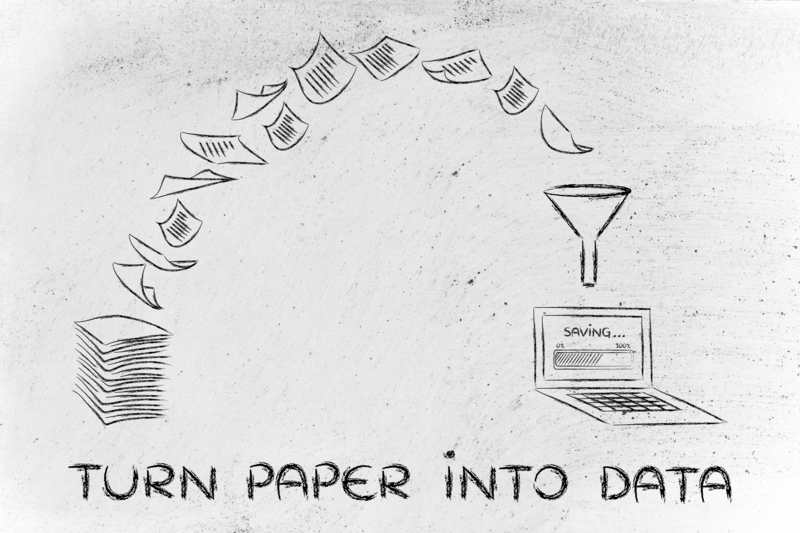Wood Waste's Journey from Landfills to Useful Assets
Introduction: A New Perspective on Wood Waste
Every year, millions of tons of wood waste are discarded into landfills, leading to environmental repercussions and missed opportunities. This article explores the transformative journey of wood waste as an environmental liability turned into valuable resources. Understanding this transition presents innovative solutions for both sustainability and industry growth.

Understanding Wood Waste: Sources and Impact
What Constitutes Wood Waste?
Wood waste includes any wood-based materials that are no longer considered useful by their owners. This waste can come from various sources such as:
- Construction and Demolition (C&D) Debris: Leftover material from building sites, often consisting of off-cuts and damaged goods.
- Industrial Waste: By-products from manufacturing processes, including sawdust and wood chips.
- Municipal Solid Waste: Discarded items from homes, such as broken furniture and wooden packaging.
- Forestry Residues: Branches, twigs, and other leftovers from logging activities.
Environmental and Economic Impact
The effects of discarding wood waste improperly are profound. In landfills, decomposing wood releases methane, a potent greenhouse gas that contributes to climate change. Economically, valuable resources are lost when wood waste is not utilized effectively, burdening communities with disposal costs instead of generating income or new materials.
Innovative Uses for Wood Waste
Conversion to Energy
One of the most promising solutions for wood waste is its conversion into bioenergy. Processes like pyrolysis and gasification allow for the transformation of wood waste into fuel sources such as bio-oil, syngas, and charcoal. These alternatives provide clean energy options while mitigating landfill overfill.
Material Recovery and Reuse
Recovered wood waste can be upcycled for various purposes:
- Manufactured Wood Products: Waste wood can be transformed into particleboard, medium-density fiberboard (MDF), or other engineered wood products.
- Wood Mulch and Compost: By shredding and processing wood waste, it can be used in gardens and landscapes as mulch, promoting soil health and moisture retention.
- Artistic and Craft Applications: Creative individuals and businesses repurpose wood waste into furniture, artwork, and decorative pieces, embracing recycling in design.
Emerging Technologies and Innovations
Innovative technologies are emerging that promise to enhance the recovery and reuse of wood waste significantly. From nano-cellulose extraction to bio-plastics, advanced methods are continually being developed to derive more value from wood waste, further reducing reliance on non-renewable resources.
Economic Opportunities in Wood Waste Management
Job Creation and Industry Growth
Wood waste management isn't just environmentally friendly; it's also economically viable. With increasing demand for recycled wood products, new industries have emerged, creating jobs in collection, processing, and manufacturing sectors. This growth provides economic stability and innovation-driven industry opportunities.
Revenue Streams from Recycled Wood Products
Revenue can be generated through the following avenues:
- Sales of Recycled Materials: Marketable products manufactured from recycled wood waste can generate substantial income streams.
- Waste Management Services: Companies specializing in the collection and processing of wood waste offer their expertise as a service, generating profitable business models.
Steps for Effective Wood Waste Management
1. **Reducing waste generation**
Minimizing wood waste starts at the source. Implementing sustainable practices in construction and manufacturing can greatly reduce the volume of waste produced. For instance, using advanced design software can help optimize cuts and reduce material use.
2. **Efficient Collection Methods**
Effective collection systems are crucial for recovering wood waste. Establishing infrastructure for sorting and collecting wood waste separately from other waste streams ensures cleaner and more efficient processing.
3. **Advanced Sorting and Processing Technologies
With technological advancements, sorting and processing wood waste has become more efficient and precise. Using automated systems, contaminants like nails and screws can be removed, ensuring higher quality output for recycled products.

Government Policies and Community Initiatives
To support these efforts, government policies and community initiatives play a crucial role. Incentives for recycling, subsidies for technologies, and consumer education are essential components in encouraging sustainable practices. Moreover, community-based initiatives can offer localized solutions that encourage personal and collective responsibility in wood waste management.
Conclusion: The Path Forward
The journey of wood waste from landfills to valuable assets requires technological innovation, collective responsibility, and strategic planning. As we harness the potential of wood waste, we contribute to a sustainable future, reduce our carbon footprint, and generate economic opportunities. Together, these efforts chart a hopeful path towards efficient waste management and environmental conservation.
By embracing these strategies, we can redefine wood waste as a valuable resource rather than an environmental burden, making strides towards a more sustainable and prosperous future.